The 13 Different Types of Chocolate You Need to Know About, According to Legendary Chocolatier Jacques Torres

Jacques Torres plus an assortment of chocolate
It seems like pretty much everyone is a chocolate person around Valentine's Day—chocolate desserts, chocolate-dipped strawberries, heart-shaped boxes of chocolate everywhere you look—but there are also many of us who are passionate about chocolate 365 days a year.
And one of those people is Jacques Torres, the legendary French pastry chef and chocolatier and head judge on Nailed It. If you've seen him on the show you'll know that he's extremely passionate about sharing his love for and knowledge of chocolate—and he has a wicked sense of humor too.
For all of those reasons, we knew he was 100% the person to call when we were trying to sort out all the different types of chocolate you can buy. If you're anything like us, you've stood in the baking aisle turning over bags and bars trying to sort out all of the different kinds of chocolate. After reading through all the intel we got from Mr. Chocolate himself you'll be on your way to being a chocolate expert yourself.
Related: People Love Aldi Chocolate Bars. We Ranked Our Top 10
A Very Brief History of Chocolate from Jacques Torres
One thing Torres loves to do is teach (in the best, most helpful way). He shares all of his knowledge to make sure people have as much information and context as possible to make informed decisions about what they cook with and snack on. Plus, it's fun to learn stuff, right? Before Torres shared info on the different kinds of chocolate he gave us a little primer on chocolate history, which is fascinating—and also will help you be a smarter chocolate shopper.
“If you look back thousands of years, at Incan and Mayan cultures, they were experimenting with different ways to enjoy cacao—the beans from which chocolate is made,” says Torres. “And over the years since, we have discovered many different ways to process it and develop its flavor.”
Though humans have been consuming foods and drinks made from the cacao bean for a very long time, “it wasn’t really until about a hundred years ago—during the industrial revolution—that chocolate became chocolate as we know today.” Why? “Because you need mechanical equipment to refine and process cacao to the level we enjoy it in modern times.”
Torres also taught us that chocolate is a fermented product. What?! Yep. After harvesting, the seeds and pulp from the cacao pod are left to ferment for up to a week, which is essential in developing the rich, complex flavors we associate with chocolate. Then they are dried, roasted, ground and processed in various ways with various ingredients.
This is why Jacques says no matter the type of chocolate you choose—Indulge! “Chocolate is a vegetable that is good for you!” he jokes.
With carte blanche from Torres himself, you might be inspired to do a little chocolate shopping. Here's what you need to know about the different types of chocolate you'll likely find in the grocery store or online.
Related: 15 Great Valentine's Desserts for Two
13 Different Types of Chocolate
1. Dark Chocolate
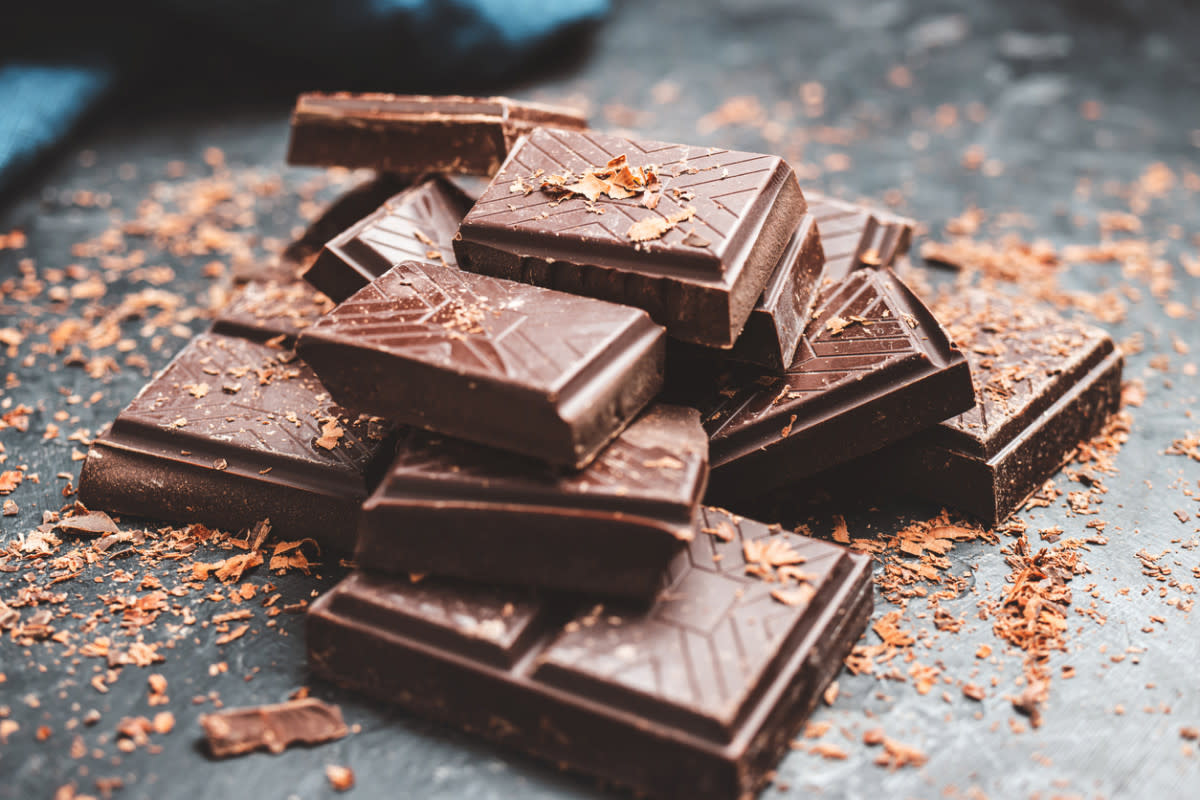
iStock
Dark chocolate can range from 40% to 100%, which refers to how much of the chocolate is made from the cacao bean. The remaining percentage will consist of other ingredients such as sugar, and sometimes vanilla. “Like wine, where the beans come from defines the flavor,” explains Torres. “Very good cacao beans will give better flavor and the better the beans, the less sugar you’ll need to put into your chocolate,” he says, adding, “75% will need good quality beans otherwise it will be bitter.” Jacques says he prefers dark chocolate in the 60%-75% range. “I’ve done what I do for 49 years now, so I’m a purist… To me, I don’t like to eat chocolate with less than 60% cacao."
2. Milk Chocolate
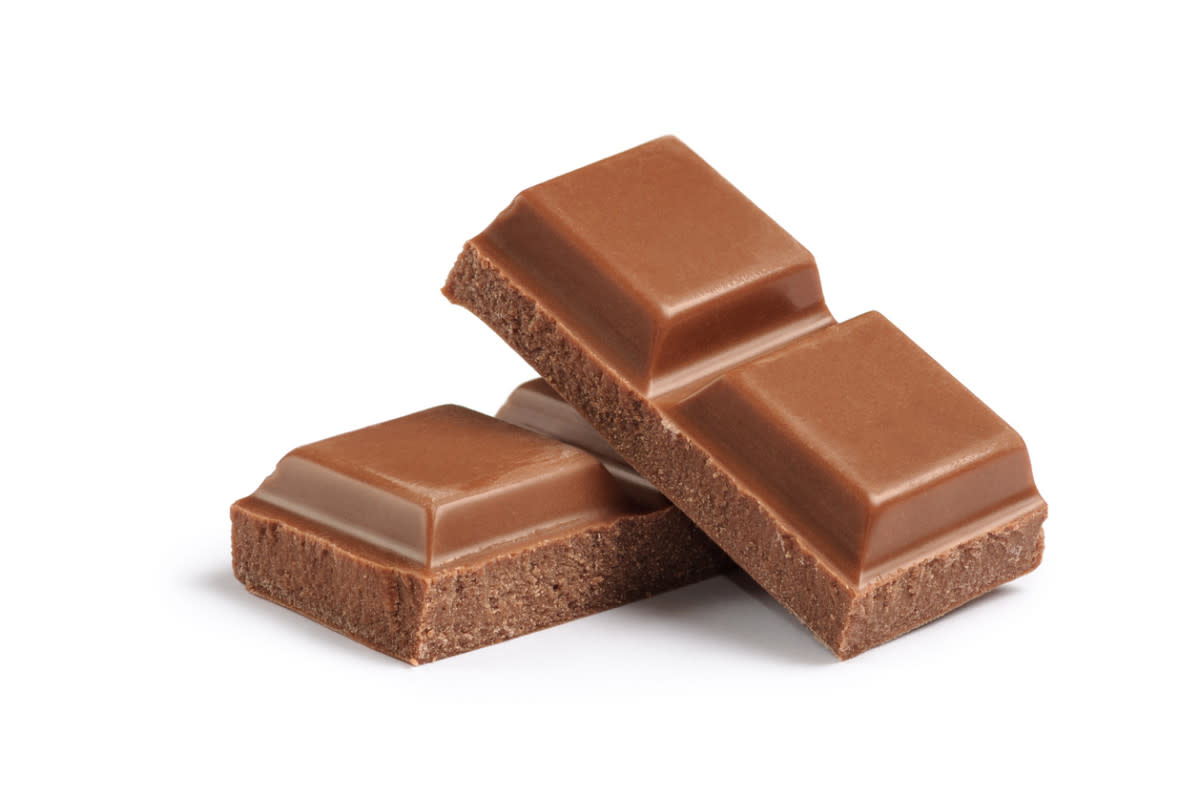
iStock
This lighter type of chocolate has a little less cacao content and—as the name implies—milk added. “European milk chocolate is made with milk powder but some American chocolate companies like Hersey use dry milk with sugar, which gives a bit more tang,” reveals Torres.
3. White Chocolate
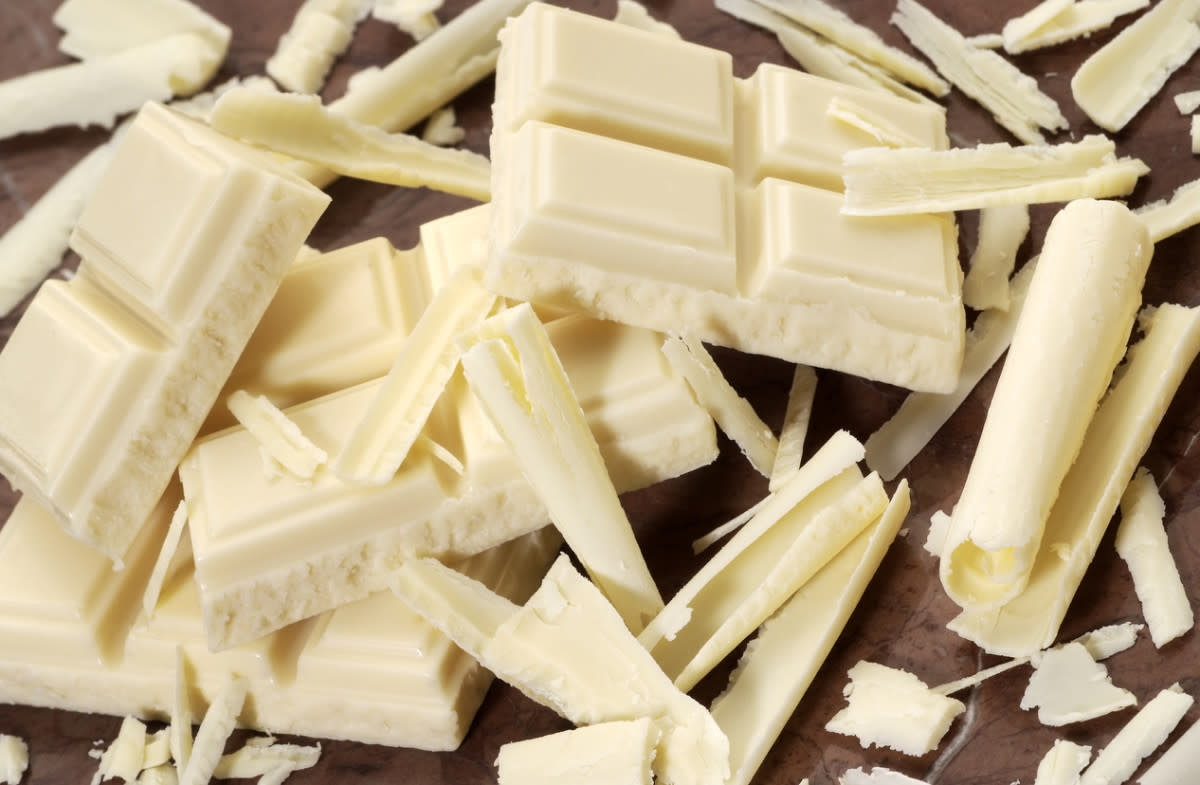
iStock
Some chocolate purists say white chocolate isn’t really chocolate because it doesn’t contain any actual cacao beans, but it is made from cacao—specifically cocoa butter, the fat extracted from cacao beans—which is why we call it chocolate, says Jacques. The cocoa butter is blended with milk and sugar, resulting in a treat that’s sweeter and less complex than darker chocolates.
4. Blonde Chocolate
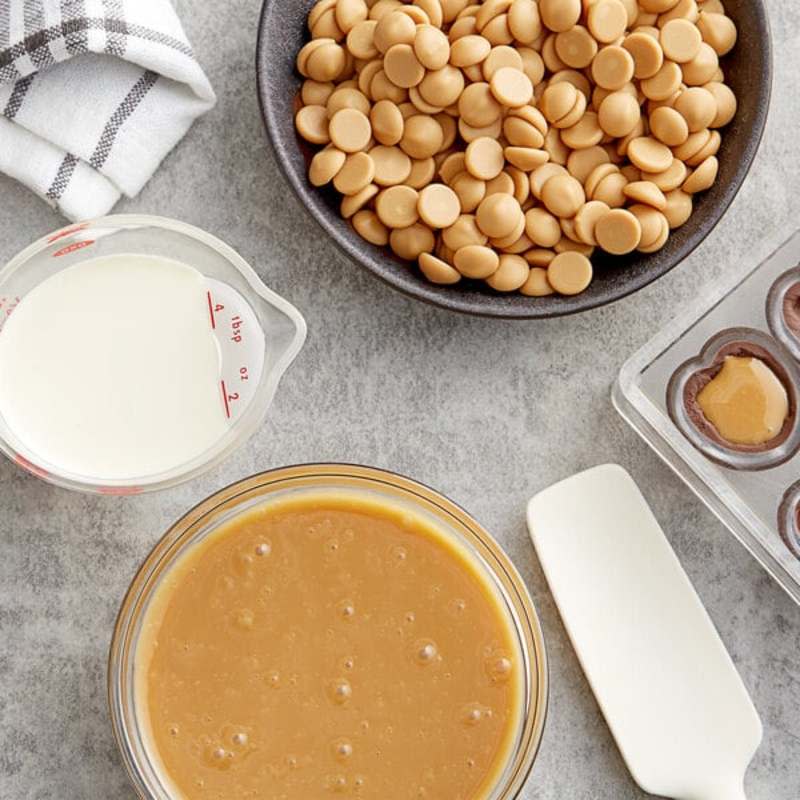
Webstaurantstore.com
This is a more recent invention and is currently trendy. “Some companies will take white chocolate and caramelize the sugar… A little bit blonde, a little bit the flavor of dulce de leche but a little less sweet,” says Torres. “Kids love it,” he adds. Note the the term for this type of chocolate varies by brand. You might see it labeled "gold" chocolate or "dulcey" chocolate.
5. Gianduja
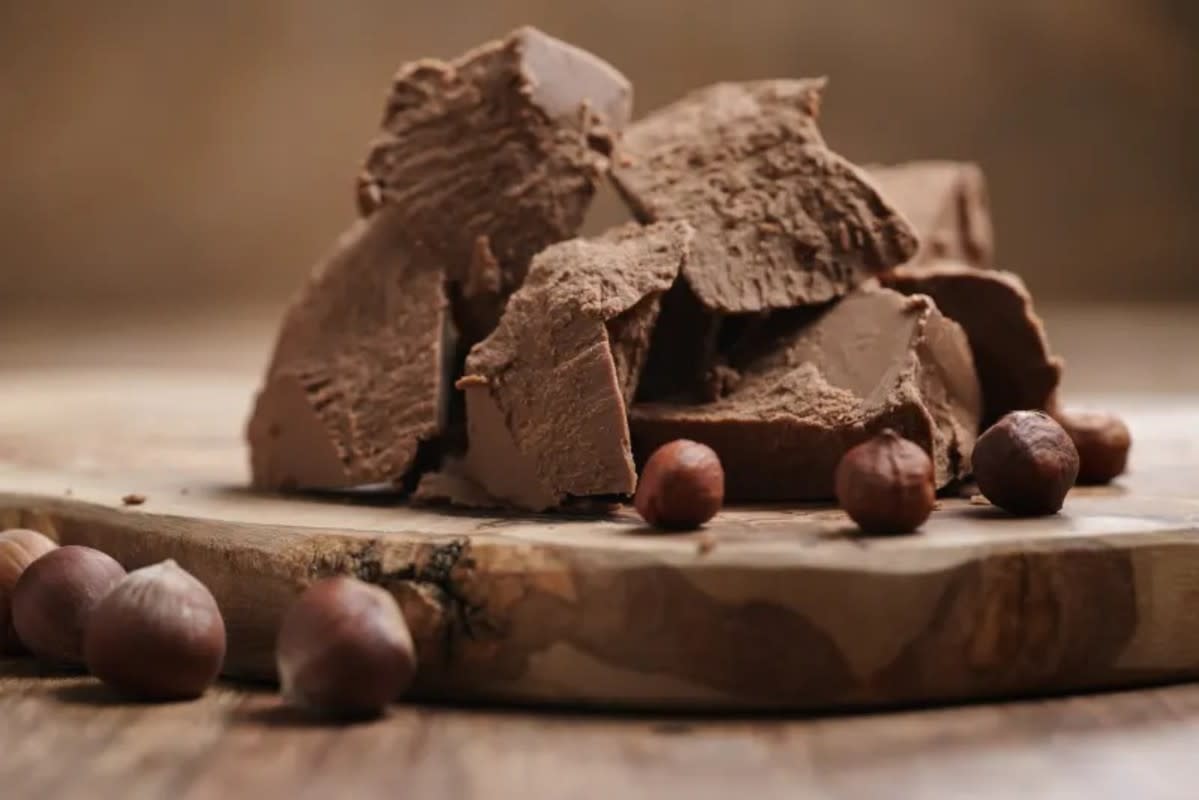
Valrhona
“For this kind of chocolate, we need to go back in history again,” says Torres. He explains that during the war, cacao became rare in Europe. “So, what do we do now—because Italians love chocolate—we don’t have cacao beans. What do we have? We have a lot of hazelnuts and almonds. What if we make chocolates with those and the cacao beans, maybe we can get away with using less chocolate.” Et voila. “Sometimes it has milk powder added, sometimes not, so you can have milk and dark,” says Torres.
6. Cocoa Powder
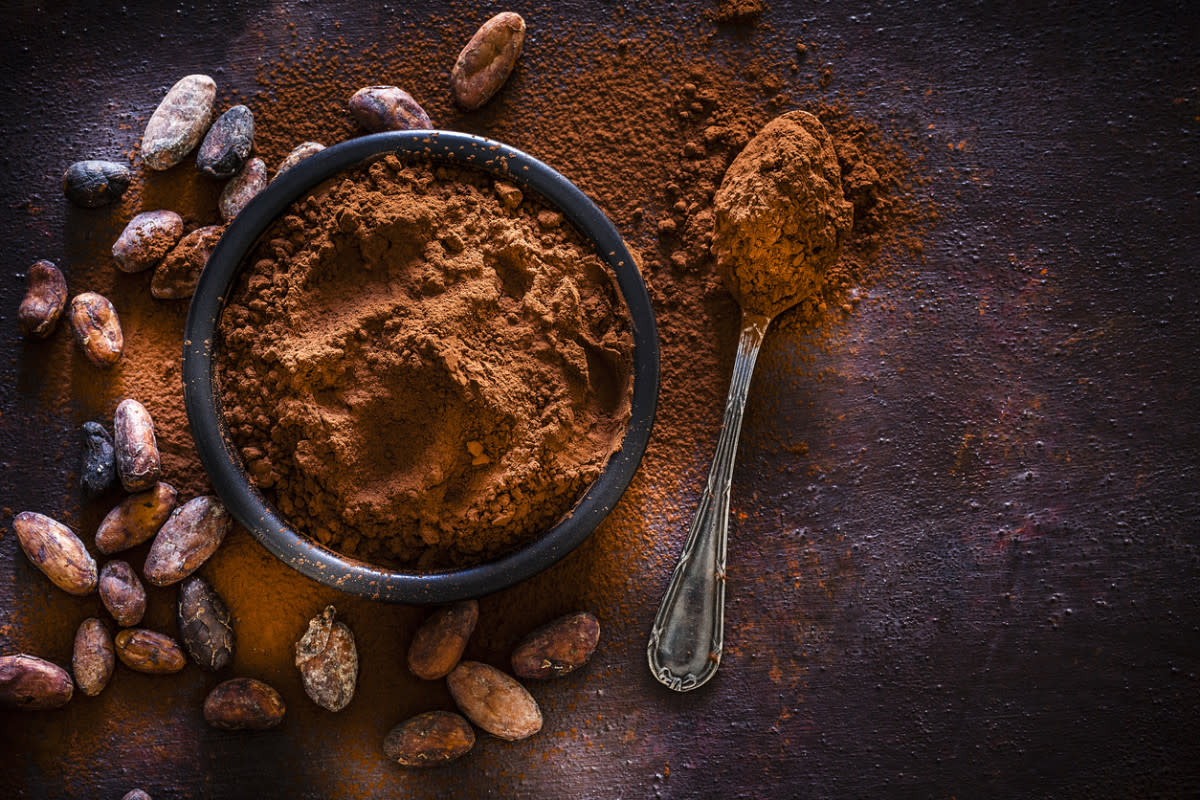
iStock
After pressing nibs to extract cocoa butter, you are left with cacao mass, which is then dried and ground to make cocoa powder, explains Torres. The difference between Dutch-process cocoa powder and natural cocoa powder is in how the cacao beans are prepared before being fermented, dried and roasted. The “Dutch process” involves washing the beans in an alkaline solution of potassium carbonate to neutralize their acidity, which results in cocoa powder with a more mellow flavor and darker color that more easily dissolves into liquids.
7. Couverture Chocolate
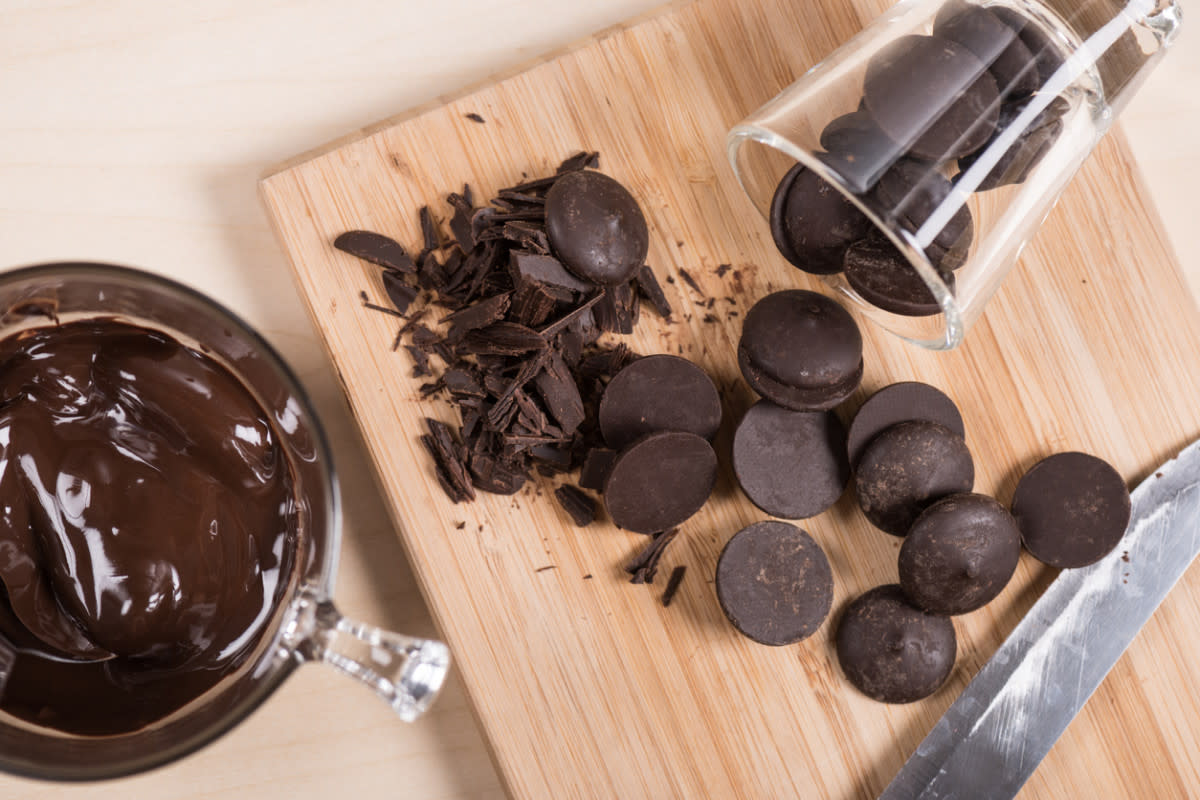
iStock
Coverture translates to “blanket” in French. “This kind of chocolate has a higher percentage of cacao butter in it and is used as a cover or shell for bonbons in France,” says Torres. Think of it as a molding chocolate, he explains. It produces a very thin, shiny finish.
8. Candy Coating Chocolate
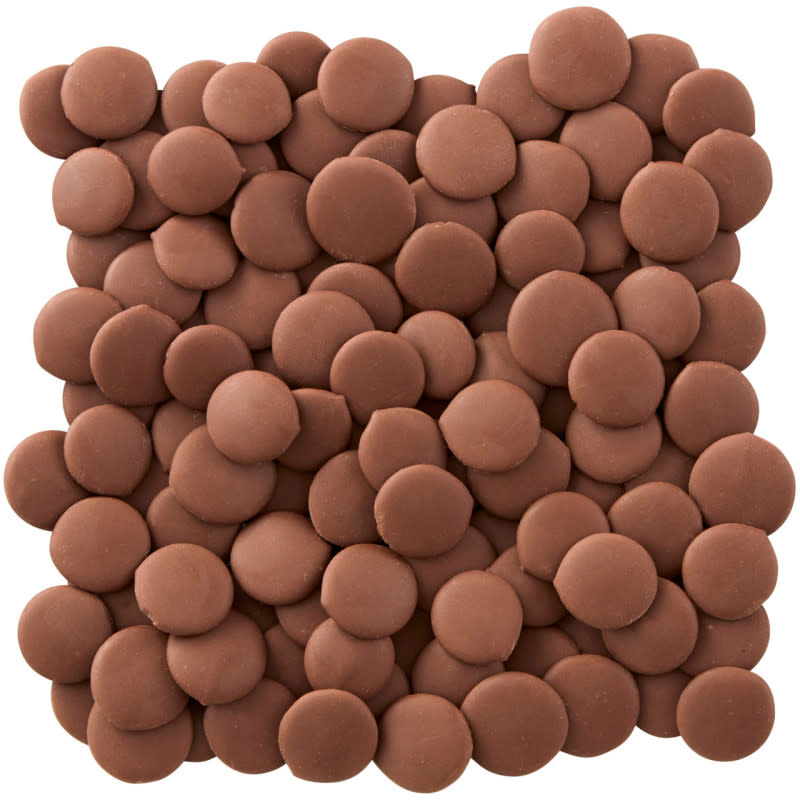
Wilton
“This kind of chocolate doesn’t contain cacao butter so it doesn’t need tempering—the process of slowly heating and cooling chocolate—to produce smooth, shiny candy coatings when melted and set,” says Torres. “Cacao butter is an unstable fat and tempering is what stabilizes this fat,” he explains. The downside is that because candy coating chocolate doesn't contain cacao butter (it's usually a mix of palm oil or another fat, whey powder, and sometimes color or flavorings) it melts at a higher temperature than your palate, says Jacques, so it doesn’t completely melt in your mouth, which is why it can have a waxy mouthfeel. You'll often see these labeled as candy melts at grocery and crafts stores.
9. Cacao Nibs
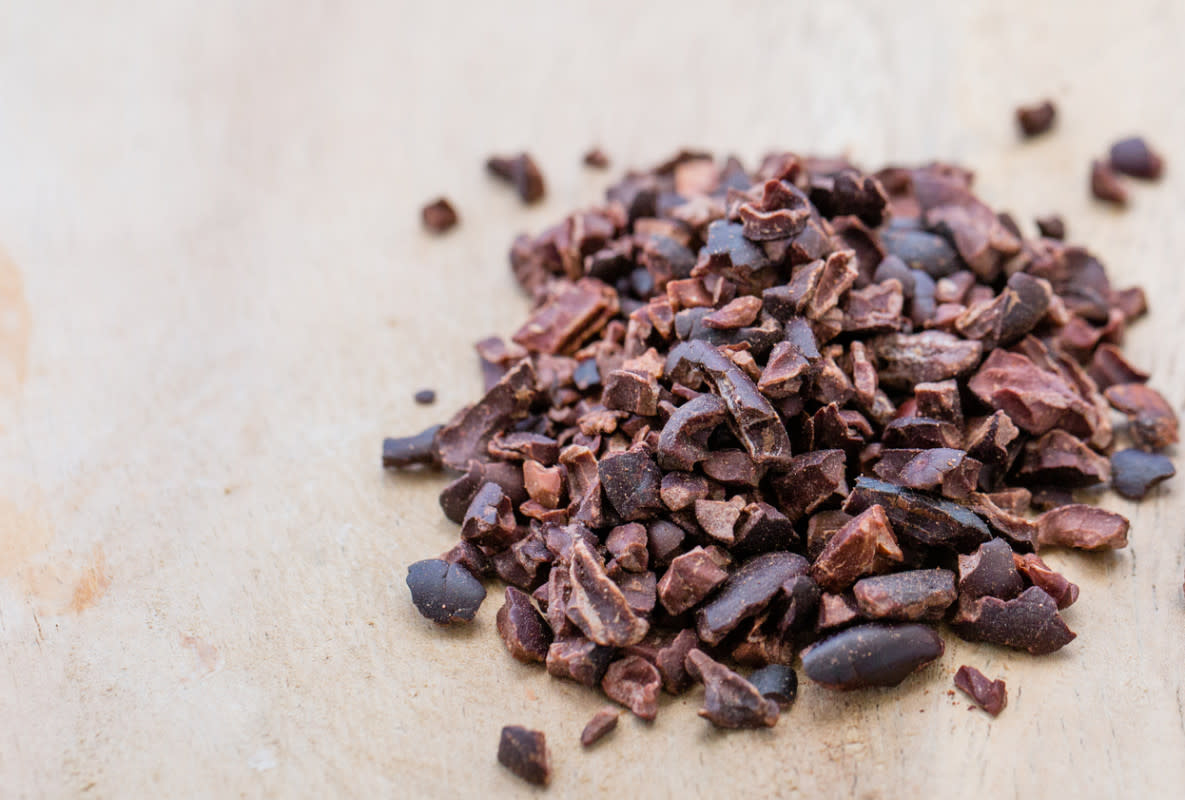
iStock
This is basically raw chocolate, says Torres—crushed pieces of the roasted beans. “The flavor is not really what you’d recognize as chocolate… there's no sugar so it’s savory and they can be used in a lot of different ways,” he explains. “You can put them in a grinder and use it as a seasoning like pepper. For example, on a steak, to give more depth… delicious… not adding texture only flavor. “If you want to add crunch, then use them whole… I love to press cacao nibs into salmon and cook in a little bit of cacao butter or sprinkle on salad or on apple pie,” he adds.
10. Ruby Chocolate
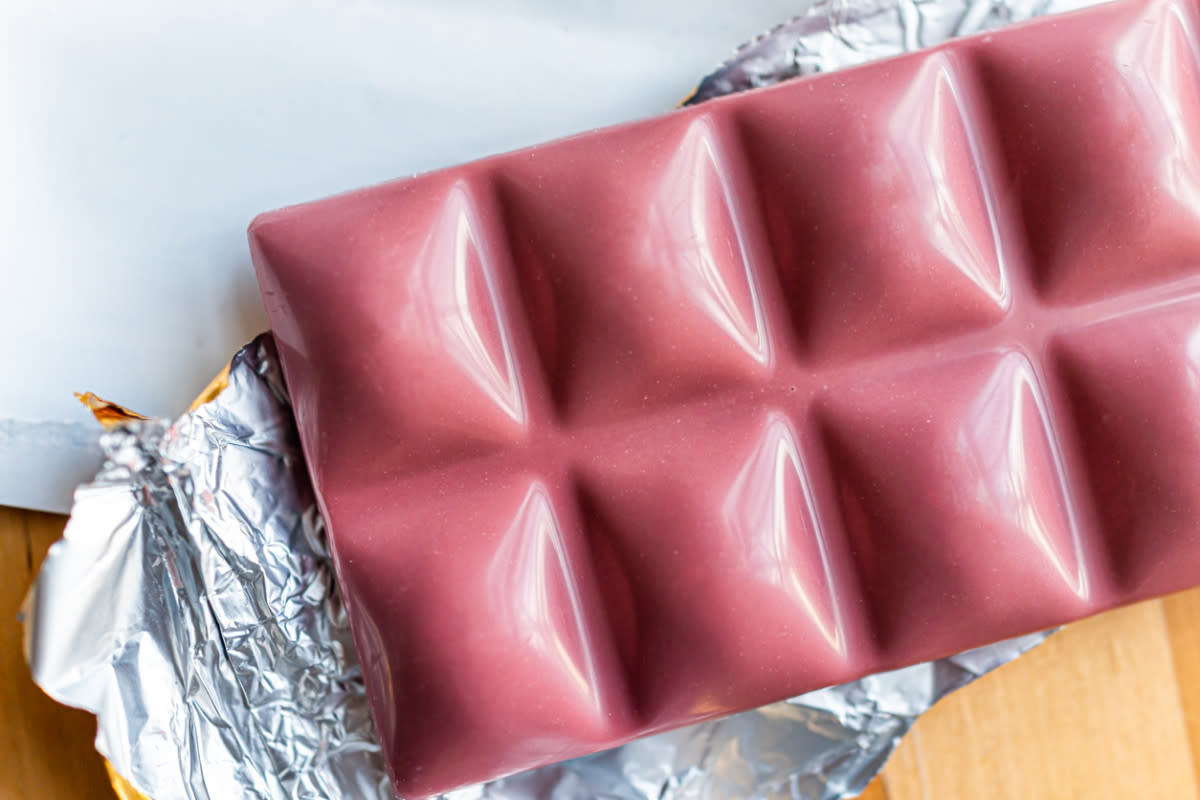
iStock
This is another newer variety of chocolate, developed by a Swiss company in 2017. It's made from “ruby cacao beans,” which are grown in South America and West Africa and give it its unique fruity flavor and naturally pink hue. “I’ve tasted ruby chocolate and it’s very sweet…with a berry-like flavor,” he says.
11. Semisweet Chocolate
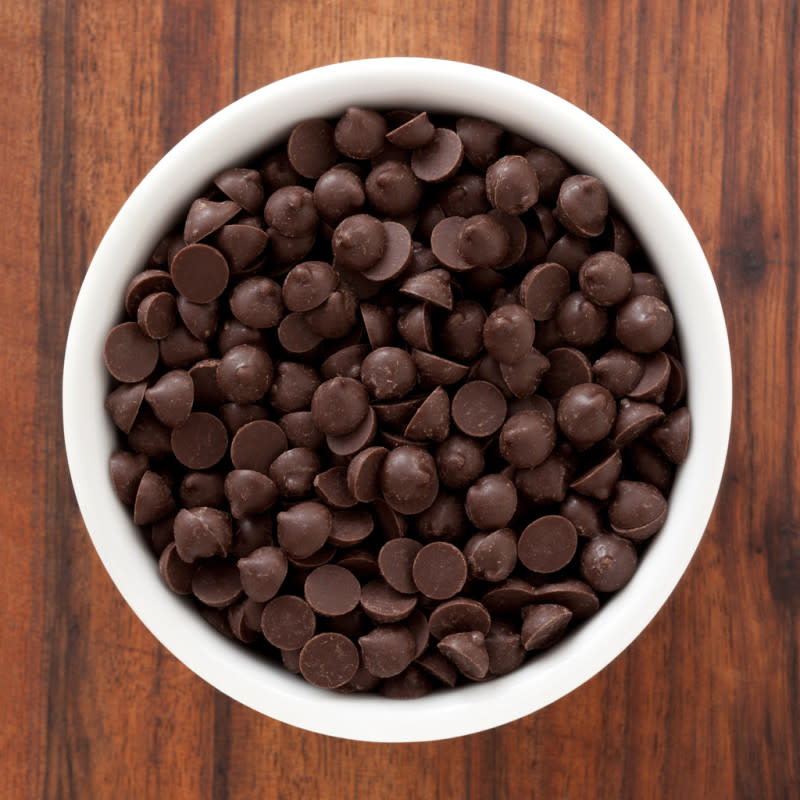
iStock
Available in bar, morsels, chocolate chips or wafer form, this kind of chocolate doesn’t contain milk so is technically a dark chocolate variety, but generally has less cacao content (between 35% and 65%) than dark chocolate made for eating by itself. As you might know, it's mainly used for baking, most commonly in cookies, especially classic chocolate chip cookies.
12. Bittersweet Chocolate
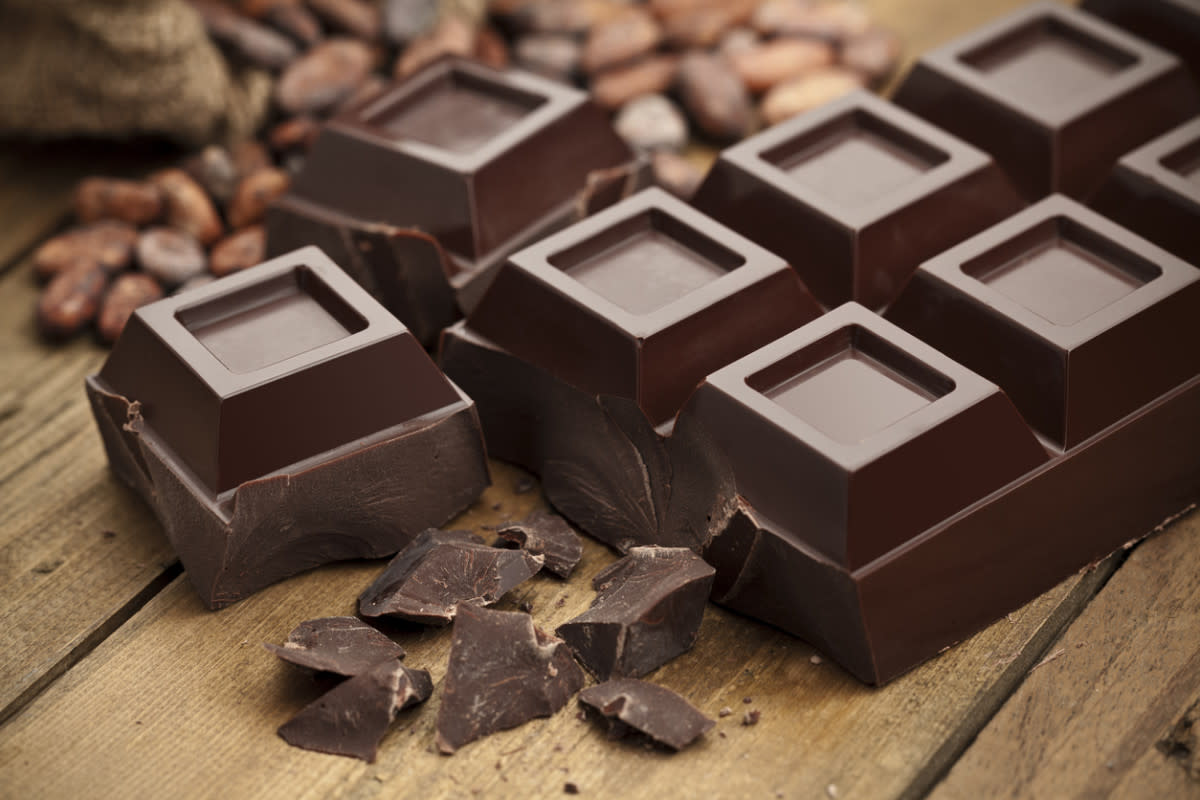
iStock
Another type of dark baking chocolate, bittersweet chocolate is similar to semisweet but with more cacao content (about 70%). It’s great for brownies or anywhere you'd like an intense chocolate flavor.
13. Baking or “Unsweetened” Chocolate
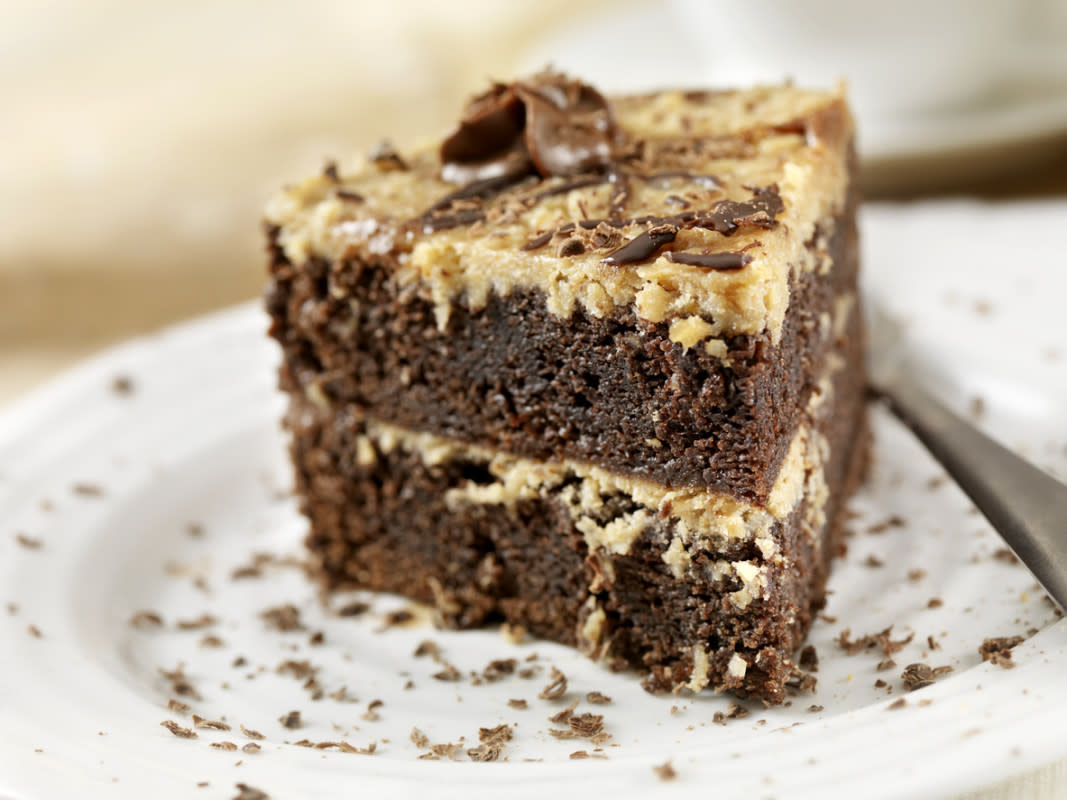
iStock
This variety of chocolate is 100% cacao without any added sugar so it is very bitter and not for snacking. As the name implies, it's used for baking. Because it doesn't contain any sugar, it gives you full control over how sweet you want your baked treat (for example, German chocolate cake) to be.
Up next: 20 Best Chocolate Chip Desserts






